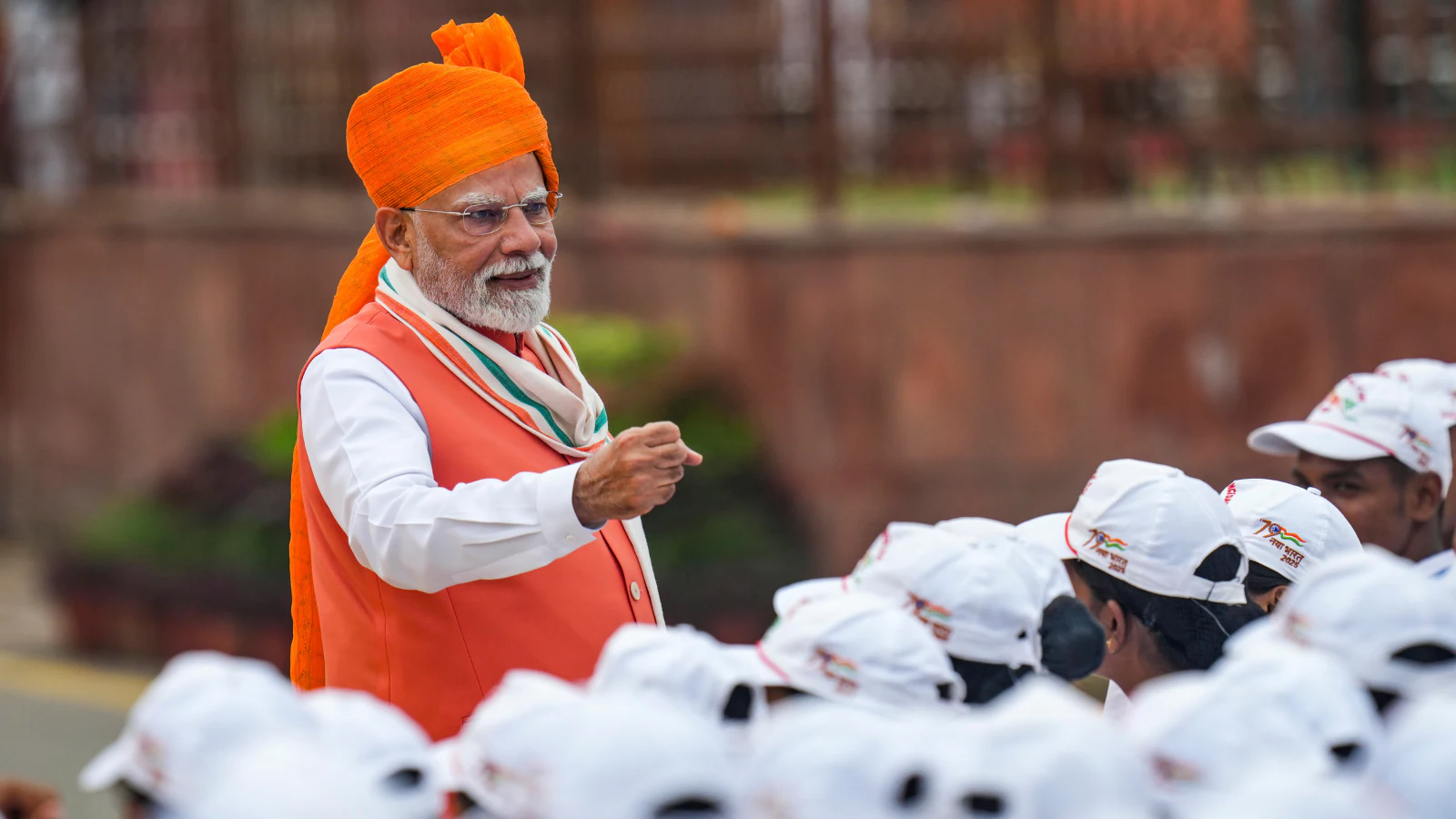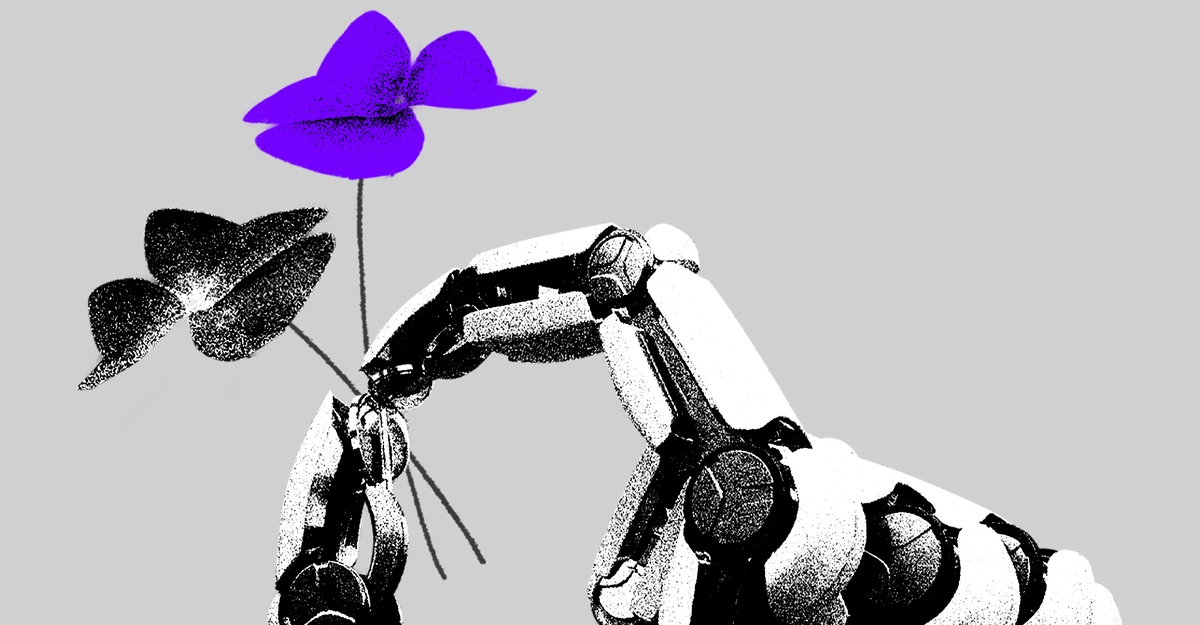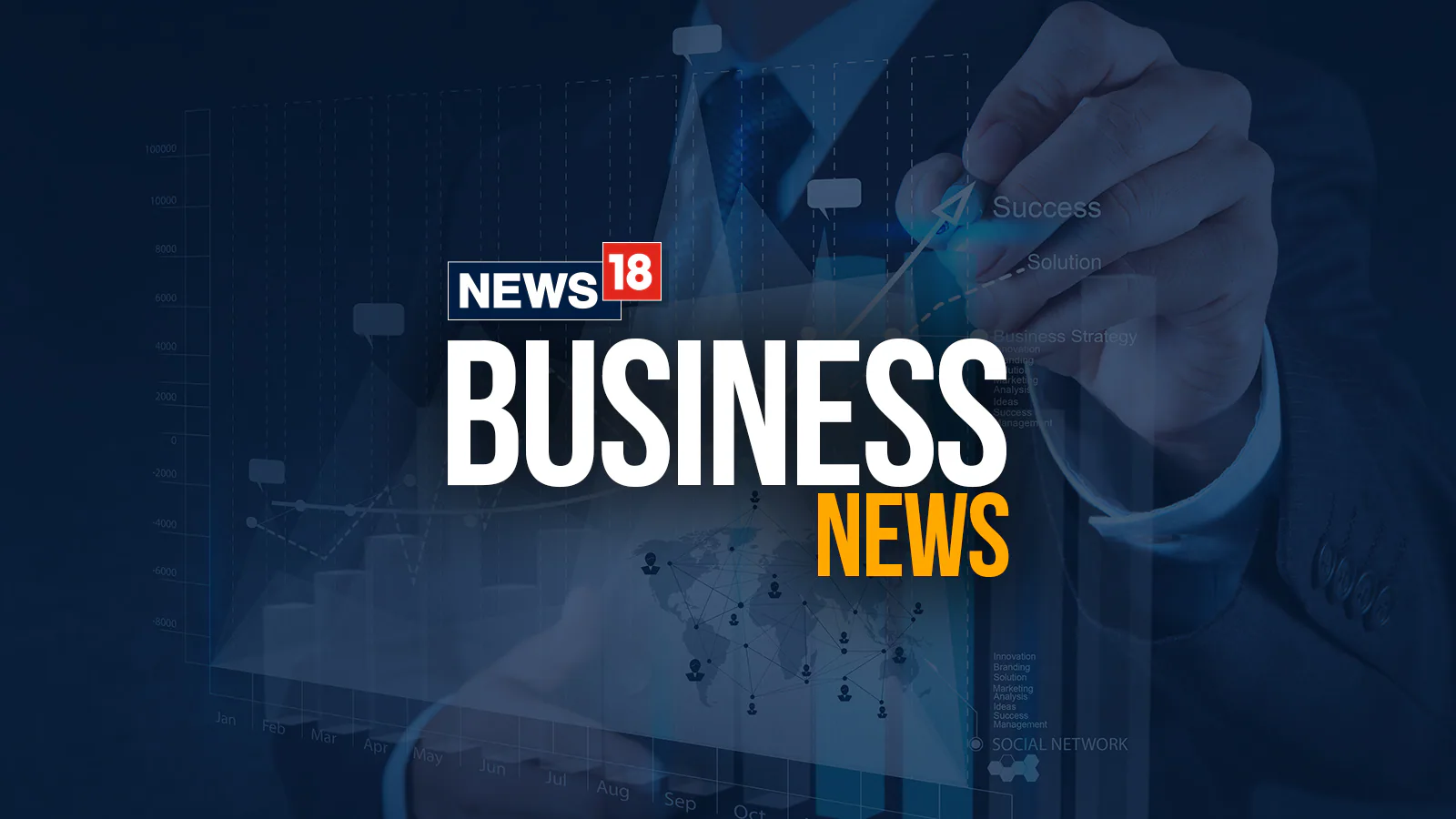Opinion | How PM Modi Leveraged Technology To Realise Pt Deen Dayal Upadhyaya’s Vision Of ‘Antyodaya’
By News18,Tuhin A Sinha
Copyright news18

In the heart of India’s philosophical and political evolution lies the timeless vision of Pandit Deen Dayal Upadhyaya, the ideologue whose vision of Antyodaya placed the upliftment of the “last person” at the forefront of nation-building.
The concept of Antyodaya—rising from the bottom—envisioned a society where development begins with empowering the poorest and ensuring that economic progress permeates every layer of society without leaving anyone behind. Antyodaya and Integral humanism, rooted in indigenous values of self-reliance and holistic growth, rejected the pitfalls of Western capitalism and socialism, advocating instead for a model that harmonises human dignity, environmental balance, and equitable prosperity.
Under Prime Minister Narendra Modi’s leadership, this vision has found a powerful enabler in technology. Far from being a mere tool of the elite, technology under PM Modi has been democratised and transformed into a bridge that connects the most marginalised sections to the formal economy, governance and opportunities. Initiatives like the Pradhan Mantri Jan Dhan Yojana (PMJDY), the JAM (Jan Dhan Aadhar Mobile) trinity-enabled Direct Benefit Transfer (DBT), and the SVAMITVA scheme exemplify how digital innovation has operationalised Antyodaya. These efforts have not only streamlined welfare, but have also instilled financial literacy, ownership rights, and economic agency among India’s underprivileged, pulling over 25 crore people out of multidimensional poverty in the last decade.
As PM Modi often invokes Deen Dayal Upadhyaya’s ideals, these technological strides embody a “self-reliant India” (Atmanirbhar Bharat), where the poorest are not passive recipients but active participants in national growth.
Democratising Technology: From Exclusion to Inclusion
Upadhyaya dreamt of an economic democracy where every individual, regardless of caste, creed, or geography, could access resources without intermediaries. PM Modi has realised this by leveraging technology to break down barriers of access, literacy, and trust.
Digital public infrastructure—built on open-source platforms like India Stack—has made services affordable, scalable, and inclusive. Over 1.4 billion Aadhaar cards, 1.19 billion mobile connections, and 56 crore Jan Dhan accounts form the backbone of this ecosystem, enabling real-time, paperless transactions even in remote villages.
This democratisation ensures that technology’s benefits—once confined to urban elites—now reach the poorest. For instance, rural tele-density has surged from 75 per cent in 2014 to 86 per cent in 2024, with initiatives like BharatNet connecting over 2.14 lakh Gram Panchayats to high-speed broadband. Such connectivity has empowered women, farmers, and daily wage earners, aligning with Deen Dayal Upadhyaya’s call for Dharma Rajya—a just society where technology serves as an enabler of equity, not exploitation.
Pradhan Mantri Jan Dhan Yojana: Banking for the Unbanked
At the core of PM Modi’s technological revolution is the Pradhan Mantri Jan Dhan Yojana (PMJDY), launched on August 28, 2014, as a “festival of financial liberation for the poor”.
This flagship scheme has brought over 53.13 crore Indians—many from the poorest sections—into the formal banking system, with 56 per cent of accounts held by women and 67 per cent in rural and semi-urban areas. By providing zero-balance accounts, RuPay debit cards, overdraft facilities, and insurance cover, PMJDY has dismantled the exclusionary walls of traditional banking. The impact is profound: Deposits in these accounts have crossed Rs 2.68 lakh crore, fostering a savings culture among the marginalized. Over 11.59 lakh Bank Mitras (banking correspondents) now deliver branchless services in underserved areas, turning post offices and kirana stores into financial hubs.
This inclusion echoes Upadhyaya’s Antyodaya, as it integrates the “last person” into economic mainstream, enabling access to credit, remittances, and pensions—tools for self-reliance.
JAM Trinity & DBT: Transparent Welfare, Direct Empowerment
Building on PMJDY, the JAM Trinity—Jan Dhan, Aadhaar, and Mobile—has revolutionised welfare delivery through Direct Benefit Transfer (DBT). This trinity uses biometric authentication, bank linkages, and mobile OTPs to ensure leak-proof transfers, embodying Upadhyaya’s emphasis on probity and efficiency in governance. Since inception, DBT has channelled Rs 40.81 lakh crore directly into the accounts of the poor, saving the exchequer Rs 3.5 lakh crore by eliminating ghosts, duplicates, and middlemen.
Schemes like MGNREGA, LPG subsidies, and pensions now reach beneficiaries with 99.9 per cent success rates via the Aadhaar Payment Bridge, which links 85.45 crore Aadhaars to banks. Women alone have received over Rs 2 trillion through these channels.
This transparency has curbed corruption, a scourge Upadhyaya decried as antithetical to Integral Humanism. By putting money “directly into the hands of the poor”, DBT has boosted consumption, nutrition, and education—key pillars of poverty alleviation. As PM Modi noted, JAM is a “game-changer” for a corruption-free India, aligning with Upadhyaya’s vision of an ethical state where resources flow unhindered to the needy.
SVAMITVA: Digitising Ownership for Rural Empowerment
For rural India, where land is both asset and identity, the SVAMITVA (Survey of Villages and Mapping with Improvised Technology in Village Areas) scheme has been transformative. Launched in 2020, it uses drone technology and GIS mapping to digitise property records in village areas, covering over 6.62 lakh villages.
SVAMITVA has issued over two crore property cards, enabling villagers to access loans against their holdings, resolve disputes, and plan development via accurate GIS maps. This empowers the poorest landowners—often small farmers and women—by converting informal possession into formal titles, reducing litigation and unlocking credit worth billions. As PM Modi highlighted, it fosters “financial stability” and better Gram Panchayat planning, directly advancing Antyodaya by securing the rural poor’s most vital asset.
Lifting 25 Crore Out of Poverty: The Digital Dividend
These initiatives have collectively scripted one of India’s greatest success stories: lifting 25 crore people out of multidimensional poverty between 2013-14 and 2022-23. The National Multidimensional Poverty Index (MPI) plummeted from 29.17 per cent to 11.28 per cent, with states like Uttar Pradesh (5.94 crore) and Bihar (3.77 crore) leading the charge. World Bank data corroborates this, showing extreme poverty dropping from 27.1 per cent to 5.3 per cent, with 269 million escaping the $3.65/day threshold.
Digital tools have been pivotal in this transformation. PMJDY’s accounts facilitated DBT’s precision, while SVAMITVA enhanced asset utilisation. Coupled with schemes like Ujjwala and Ayushman Bharat, they have improved health, housing, and nutrition indicators in the MPI. This bottom-up surge reflects Upadhyaya’s belief in inclusive growth, where technology amplifies human potential without displacing cultural ethos.
Legacy of Integral Humanism in the Digital Age
PM Modi’s fusion of Deen Dayal Upadhyaya’s Antyodaya with cutting-edge technology has redefined development in India. By democratising digital tools, he has ensured that the poorest—women in Bihar’s villages, farmers in Madhya Pradesh’s fields—reap the dividends of progress. As India strides toward Viksit Bharat by 2047, these initiatives stand as testaments to a philosophy that prioritises the human spirit. In Deen Dayal Upadhyaya’s words, true nation-building begins at the base; under PM Modi, technology has made that foundation unshakeable. The journey continues, but the direction is clear: toward a self-reliant, equitable India for all.
The writer is a national spokesperson of BJP and an author. The views expressed in this article are those of the author and do not represent the stand of this publication.



